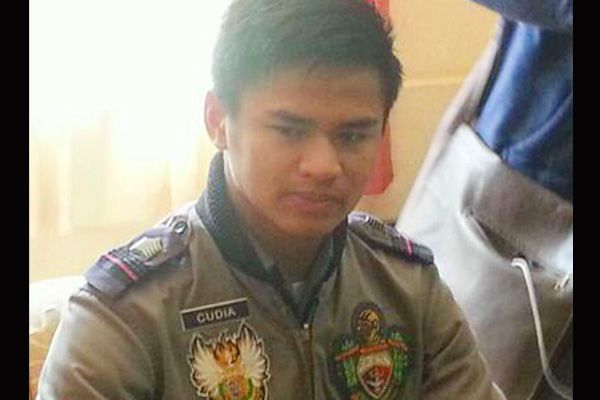(Long overdue, actually)
by Tonyo Cruz
Silence. Arrogant silence.
This pretty well sums up the response of the Philippines’ leading telecommunications companies and internet service providers to the latest technology headlines that claim they provide lackluster services to the country.
The public relations, marketing and social media juggernaut of the telcos and ISPs went silent and all of a sudden have nothing to say about the latest Ookla survey naming the Philippines as one of the countries with the world’s slowest internet speeds, and a recently-published infographic that said we are “kulelat” among all the member-states in the Association of South East Asian Nations (ASEAN).
They have been silent even after a senator and two partylist representatives filed separate Senate and House resolutions seeking an investigation into this problem.
Where is this “kapal ng mukha” and “tapang ng apog” coming from? Why are the telcos and ISPs so “presko” about their incompetence and disrespect to the Filipino users?
The slow internet speeds we experience is only part and parcel of a crisis in the telecommunications sector dominated mercilessly by private telecommunications companies and ISPs.
At the root of the crisis is the deregulation and liberalization policies in the sector heralded by the enactment into law of Republic Act 7925 or the Public Telecommunications Policy Act.
While this made possible the rise of competitors that challenged long-time monopoly PLDT, the law has since been misused by telcos and ISPs as a license to fleece end-users, big and small, private and public, with excessively-priced rates, lackluster services and after-sales services that are a combination of stupid and crazy.
The problem is made worse by the mistaken mindset of the National Telecommunications Commission, the regulator and implementing agency. Its standard reply to end-user complaints is to say “we can’t do anything about it” because the law allegedly gives telcos and ISPs a “blanket authority to determine rates and introduce services”.
Up to now, the Philippines has no standards for internet and many other telecommunications services. If you would ask the NTC about what constitutes 2G, 3G, 4G and broadband, they will tell you to go to the telcos to find out.
This toxic combination of telco and ISP impunity, and the self-imposed impertinence of the NTC, are what explains the problem today. For the telcos and ISPs, nothing cannot stop them from doing business, while the NTC lets them do whatever they want.
Wait, the NTC periodically comes out with studies on dropped cellular calls, but the telcos have since used it for marketing gimmicks, with the country amused by two telcos claiming to be the best, based on cherry-picked portions of the NTC studies.
***
PLDT, the country’s biggest telco and ISP, recently had a big problem with submarine cables connecting its network to the internet.
Filipinos are a very patient and understanding people. It would have been nice if PLDT formally announced the submarine cable problems so PLDT subscribers could have looked for solutions while the problem was being addressed. PLDT could have done it via traditional media and social media. Except for news items published by a small number of news outlets, PLDT did not address the issue head on. No updates on its website and social media channels, or via SMS or calls. They apparently didn’t care.
What could or should have been done was a proper and adequate announcement of the problem, including a schedule of repairs and an estimate of when services would be fully restored. PLDT could or should have announced that rebates would be automatically credited to affected subscribers who should expect those rebates without any requirement of filing an application.
The refusal of PLDT to be up-front to its subscribers was a clear violation of our right to information, the first and principal right as consumers. Even the NTC was silent perhaps because the regulator itself was not informed about the submarine cable problem.
Telecommunication companies are required to obtain legislative franchises from Congress and permits from NTC because telecommunications are a public utility.
But liberalization and deregulation policies have watered down the public utility character of telecommunications — no thanks to the unbridled for-profit orientation of telcos and supported no less by the regulator. Thus, while we have strict rules on steady supply of electricity in correct voltage and of clean safe water, we have no standards for the internet and other telecommunications services.
(To be continued)













